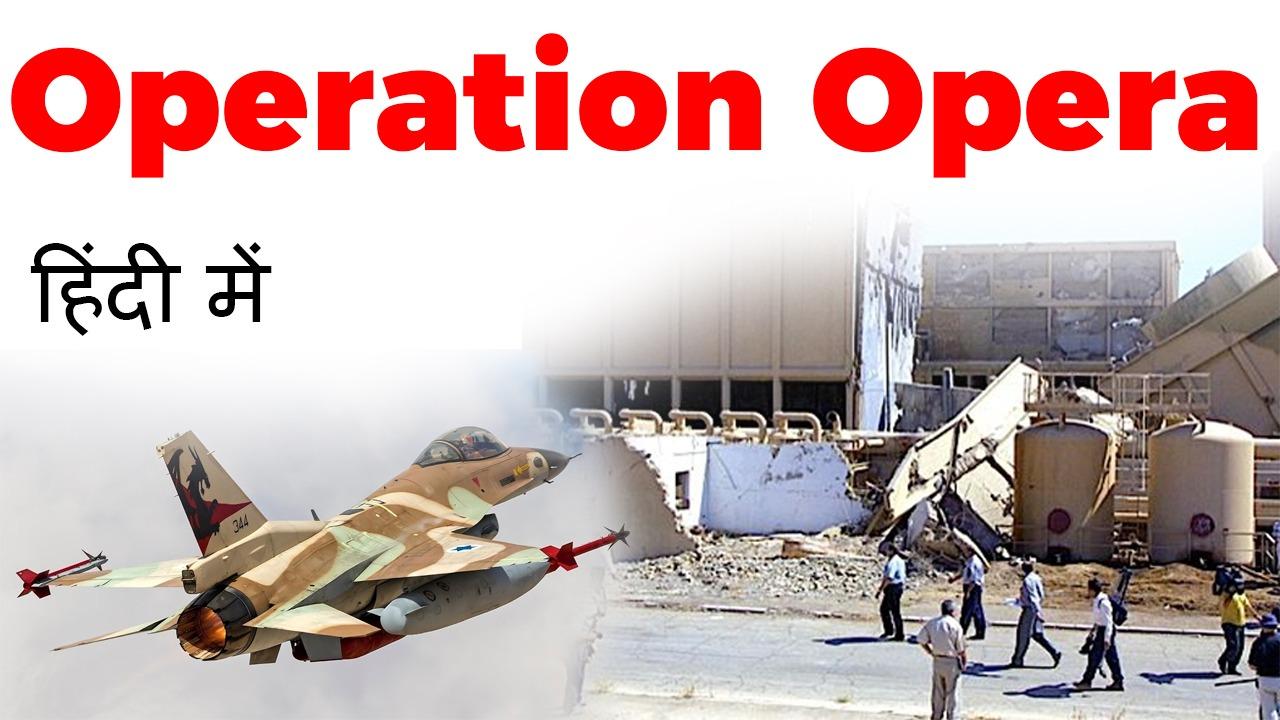Table of Contents

BACKGROUND
- Iraq had established a nuclear program sometime in the 1960s, and in the mid-1970s looked to expand it through the acquisition of a nuclear reactor.
- Construction for the 40-megawatt light-water nuclear reactor began in 1979 at the Al Tuwaitha Nuclear Center near Baghdad.
- On 6 April 1979, Israeli agents sabotaged the Osirak reactor. On 14 June 1980, Mossad agents assassinated Yahya El Mashad, an Egyptian nuclear scientist who headed the Iraqi nuclear program, in a hotel in Paris.
BACKGROUND
- Iraq and France claimed that the Iraqi reactor was intended for peaceful scientific research. Agreements between France and Iraq excluded military use.
- Iraq was a signatory to the Nuclear Non-Proliferation Treaty, placing its reactors under International Atomic Energy Agency (IAEA) safeguards.
- In Israel, discussions on which strategy to adopt in response to the Iraqi reactor development were taking place as early as Yitzhak Rabin’s first term in office (1974–1977).
RESPONSE
- After Menachem Begin became Prime Minister in 1977 the preparations intensified.Israel’s Foreign Minister Moshe Dayan initiated diplomatic negotiations with France, the United States and Italy.
- In addition Israel was not able to convince the French governments.Saddam Hussein consistently maintained that Osirak was intended for peaceful purposes.
- Begin considered the diplomatic options fruitless, and worried that prolonging the decision to attack would lead to a fatal inability to act in response to the perceived threat.
RESPONSE
- In April 1979, Israeli agents in France allegedly planted a bomb that destroyed the reactor’s first set of core structures while they were awaiting shipment to Iraq.
- In June 1980, Israeli agents are said to have assassinated Yehia El-Mashad, an Egyptian atomic scientist working on the Iraqi nuclear program.
- It has also been claimed that Israel bombed several of the French and Italian companies. Iran attacked and damaged the site on 30 September 1980, shortly after the outbreak of the Iran–Iraq War.
OPERATION
- The distance between Israeli military bases and the reactor site was significant—over 1,600 km (990 mi).The Israeli planes would have to violate Jordanian and/or Saudi airspace.
- In October 1980, Mossad reported to Begin that the Osirak reactor would be fueled and operational by June 1981.
- Nonetheless, in October 1980, the Israeli cabinet (with Dayan absent) finally voted 10–6 in favor of launching the attack.
OPERATION
- After the approval for Operation Opera, the Israelis began to plan their mission against Osirak. However, the Israelis needed photographic intelligence about the layout of the plant. That task allegedly fell to the Iranians.
- A team of Israeli pilots using A-4 Skyhawk aircraft began practicing over the Mediterranean Sea for the raid. The new F-16’s would be used for the raid.
- The Iraqi Air Force was a potential threat to the Israelis. However, Israel had an advantage in that Iraq was preoccupied fighting Iran.
OPERATION
- On April 4, 1981, the Iranian Air Force launched a major attack on Iraq’s H-3 airbase in the western part of the country (near Jordan and Israel).
- Eight Iranian F-4 Phantoms carried out the long range bombing mission and struck the airbase.The attack was a severe blow to Iraqi airpower, and largely gave Iran air superiority over Iraq.
- Israeli reconnaissance planes had been monitoring Iraq during the attack, and observed that the Iraqi Air Force had been severely degraded and their retaliatory capacity had been weakened.
OPERATION
- On 7 June 1981, at 15:55 local time, the operation was initiated. The Israeli planes left Etzion Airbase, flying unchallenged in Jordanian and Saudi airspace.
- Unknowingly, the squadron flew directly over the yacht of King Hussein of Jordan, who was vacationing in the Gulf at the time.
- Hussein immediately contacted his government and ordered a warning to be sent to the Iraqis. However, due to a communication failure the message was never received and the Israeli planes entered Iraqi airspace undetected.
OPERATION
- At 18:35 local time,20 km from the Osirak reactor complex, the F-16 formation aimed at the reactor complex. At 1,100 m (3,600 ft), the F-16s began releasing the Mark 84 bombs in pairs, at 5-second intervals.
- At least eight of the sixteen released bombs struck the containment dome of the reactor. The Israeli planes were still intercepted by Iraqi defenses but managed to evade the remaining anti-aircraft fire.
- The squadron climbed to high altitude and started their return to Israel. The attack lasted less than two minutes.























 WhatsApp
WhatsApp